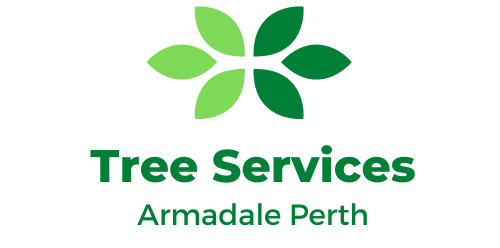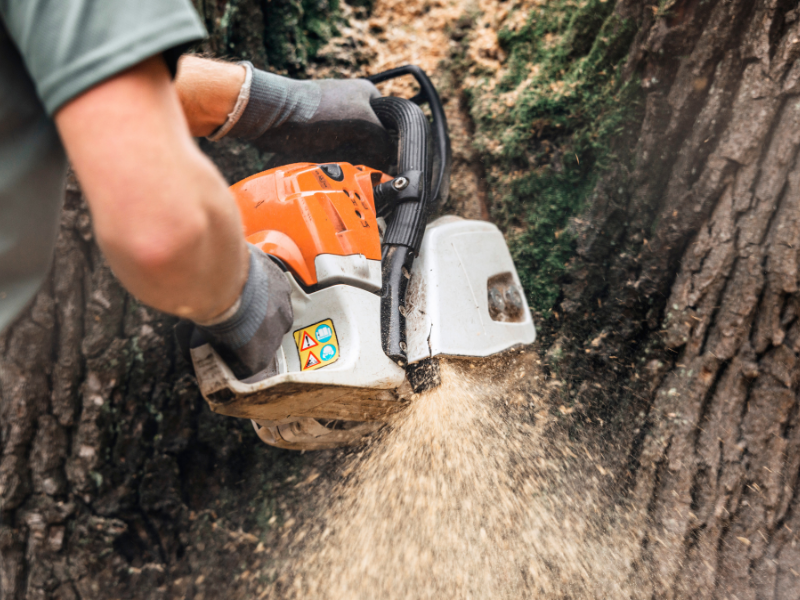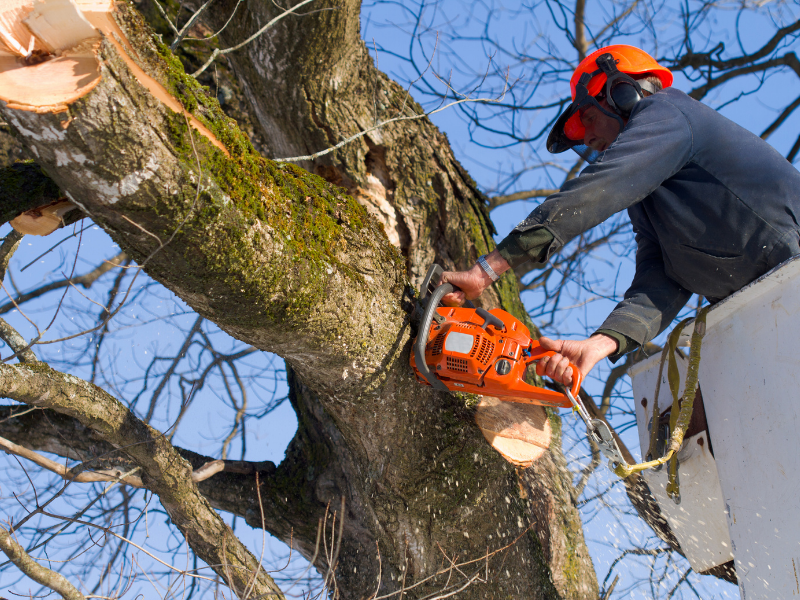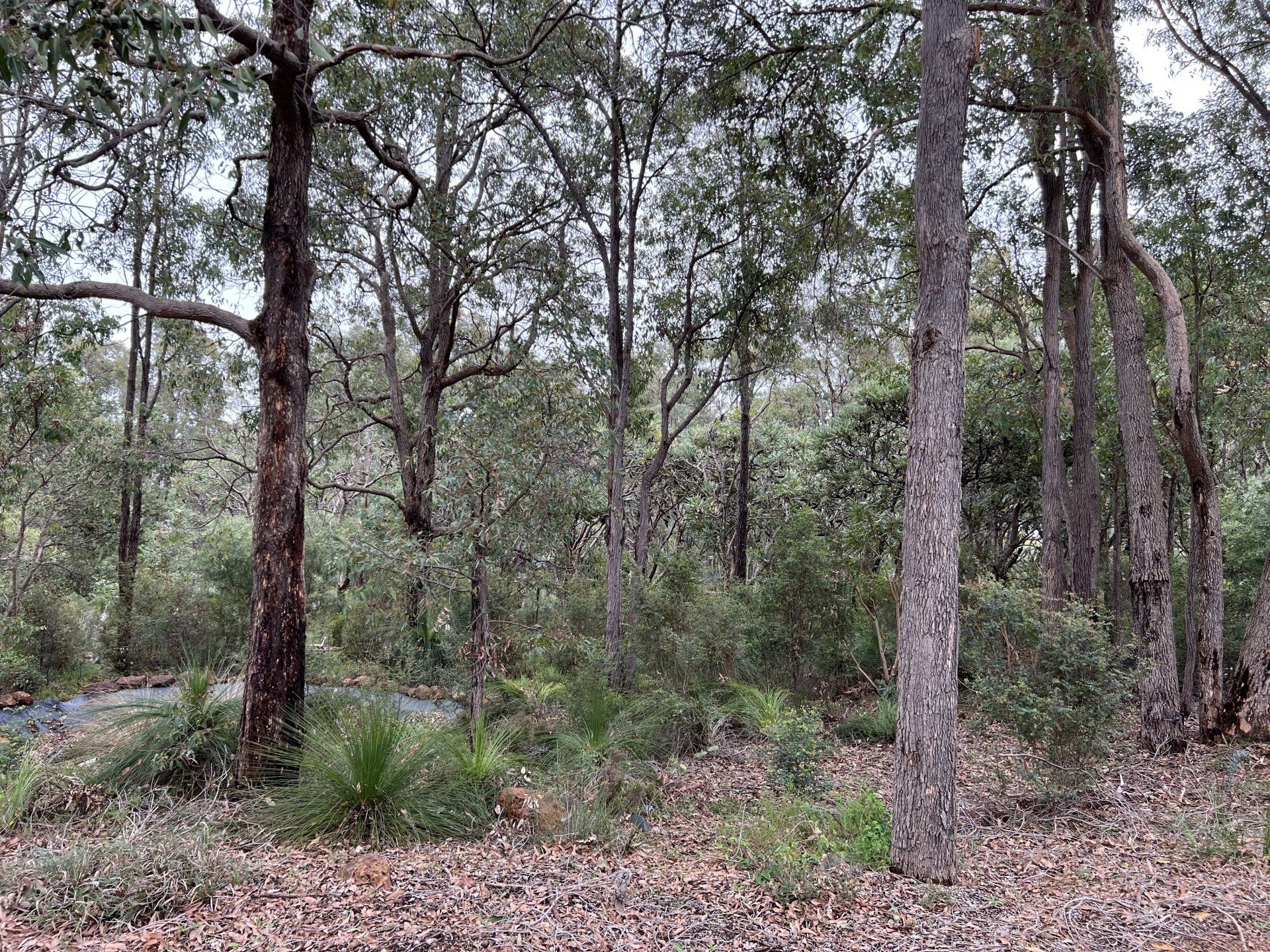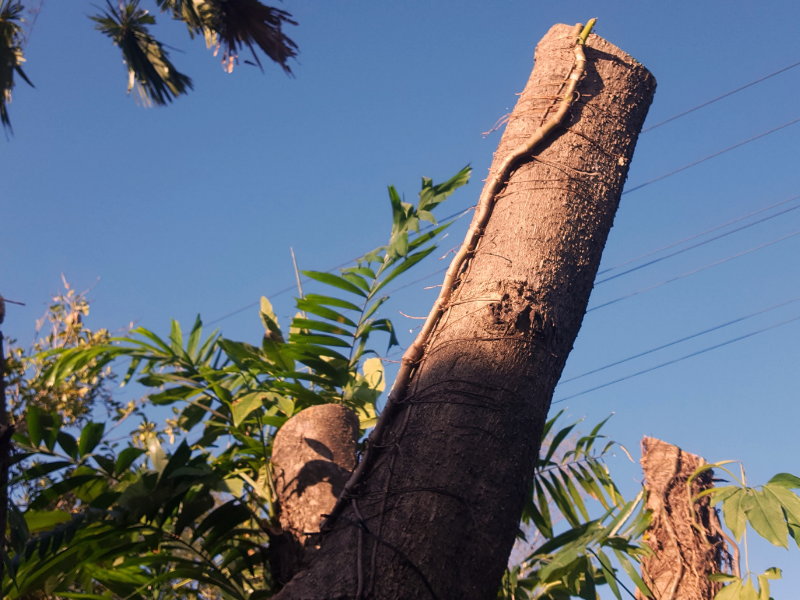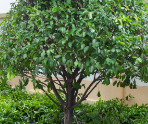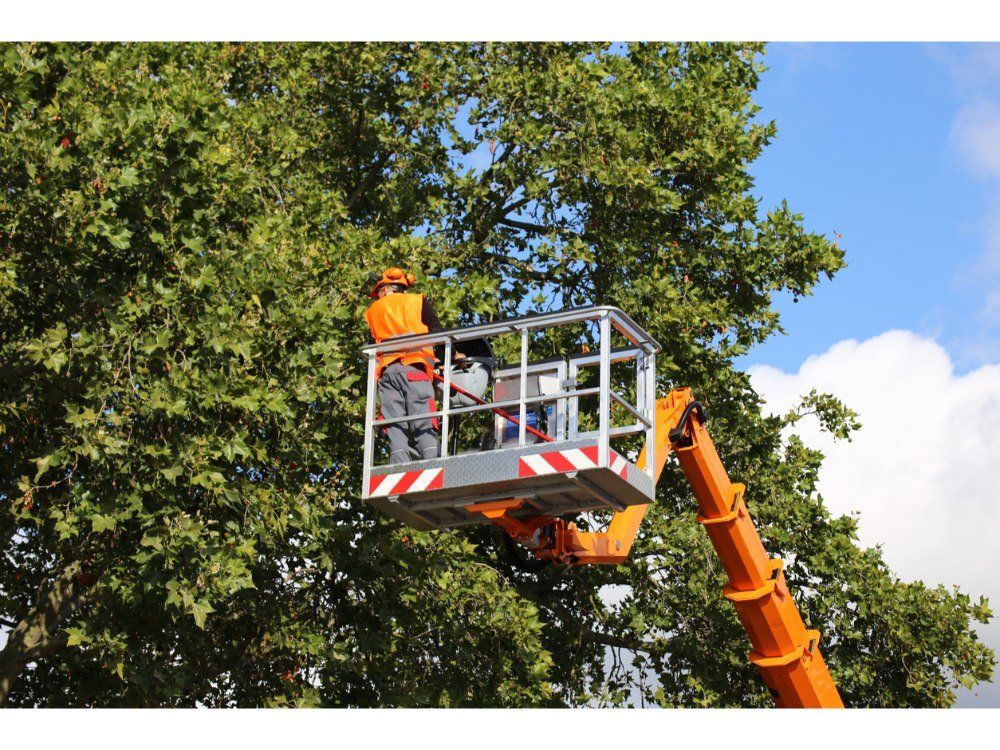The Different Types of Tree Pruning Techniques: A Complete Breakdown for Armadale Tree Owners
The Different Types of Tree Pruning Techniques: A Complete Breakdown for Armadale Tree Owners
Proper tree care is essential for maintaining the health, safety, and beauty of your trees in Armadale.
Tree pruning is a crucial aspect of tree maintenance, but not all pruning techniques are the same. In this blog post, we'll break down the different types of tree pruning techniques and how they can benefit your trees.
The Different Types of Pruning
Crown Cleaning
Crown cleaning is the process of removing dead, dying, or diseased branches from the tree's crown. This technique helps to improve the overall health of the tree, reducing the risk of disease and pest infestations. Crown cleaning also enhances the tree's appearance and allows more sunlight and air circulation to reach the tree's inner canopy.
Crown Thinning
Crown thinning involves selectively removing branches to reduce the density of the tree's crown without altering its size or shape. This technique improves light penetration and air circulation, which can benefit the tree's overall health and vigor. Crown thinning can also help reduce the risk of storm damage, as it decreases the wind resistance of the tree.
Crown Raising
Crown raising, also known as crown lifting, is the removal of lower branches to increase the clearance between the ground and the tree's canopy. This technique is useful for providing more space for pedestrians, vehicles, or structures beneath the tree. Crown raising can also enhance the tree's appearance and reduce the risk of damage from low-hanging branches.
Crown Reduction
Crown reduction involves selectively pruning back the tree's outer canopy to reduce its overall size. This technique is often used to address safety concerns, such as when a tree is too close to power lines or buildings. Crown reduction should be performed carefully to maintain the tree's health and aesthetic appeal.
Structural Pruning
Structural pruning is the process of shaping and training young trees to promote strong, well-spaced branches and a balanced canopy. This technique helps to prevent future issues such as weak branch attachments, crossing limbs, or co-dominant stems. By investing in structural pruning during a tree's early years, you can minimise the need for more extensive pruning later on.
Pollarding
Pollarding is an aggressive pruning technique that involves removing all the branches and most of the limbs, leaving only the main trunk and a few large scaffold branches. This technique is used to control the size and shape of the tree, encourage dense foliage, and maintain a specific form. Pollarding should be performed only on certain tree species and requires ongoing maintenance to ensure the tree's health and safety.
Espalier
Espalier is a specialised pruning technique used to train trees or shrubs to grow flat against a wall, fence, or trellis. This method is often employed for aesthetic purposes or to save space in small gardens. Espalier requires careful planning, regular pruning, and consistent maintenance to achieve the desired shape and form.
Conclusion
Understanding the different types of tree pruning techniques can help Armadale tree owners make informed decisions about their tree care needs. Each technique offers unique benefits for the health, safety, and appearance of your trees. Trust the experts at
Tree Services Armadale to assess your trees and recommend the appropriate pruning techniques to ensure the well-being and longevity of your green investments.
You can also check out our recent blog post The Benefits of Tree Lopping for Fire Prevention in Armadale.
